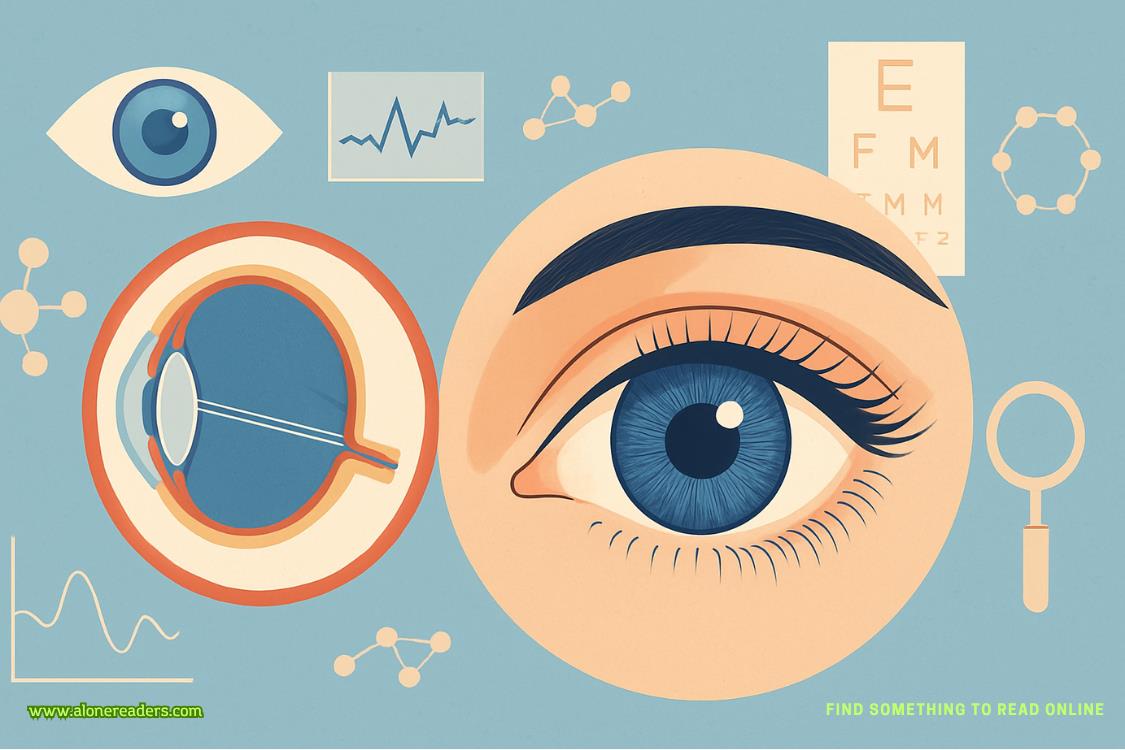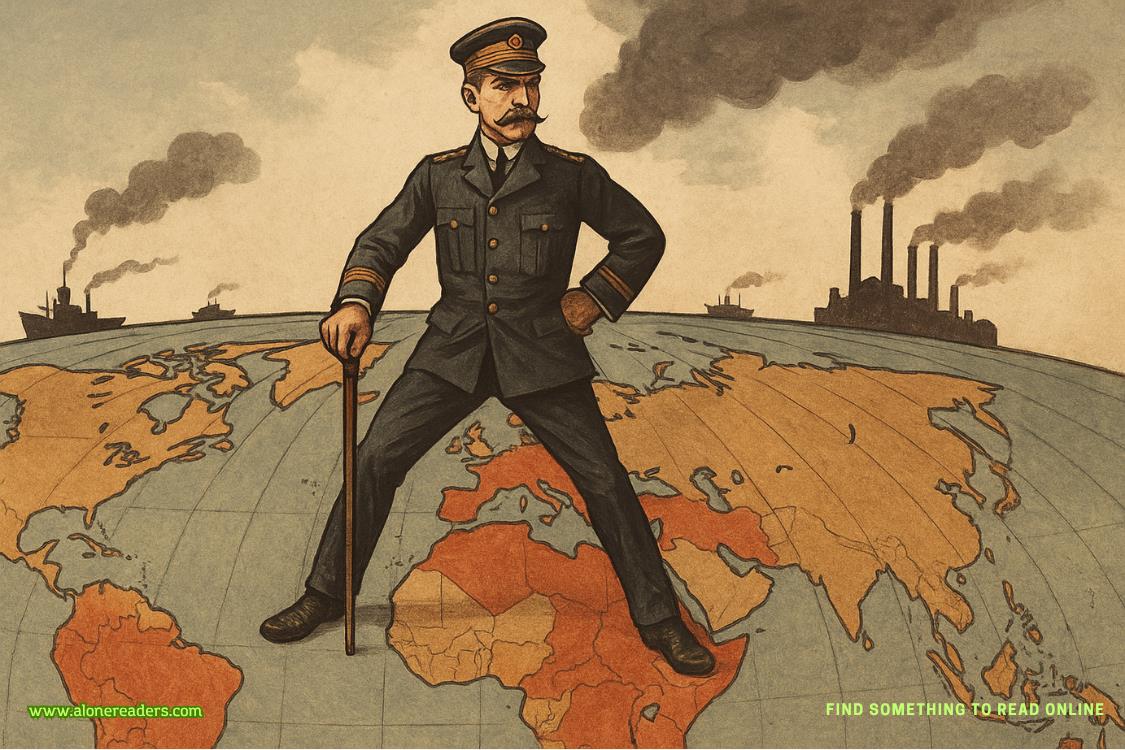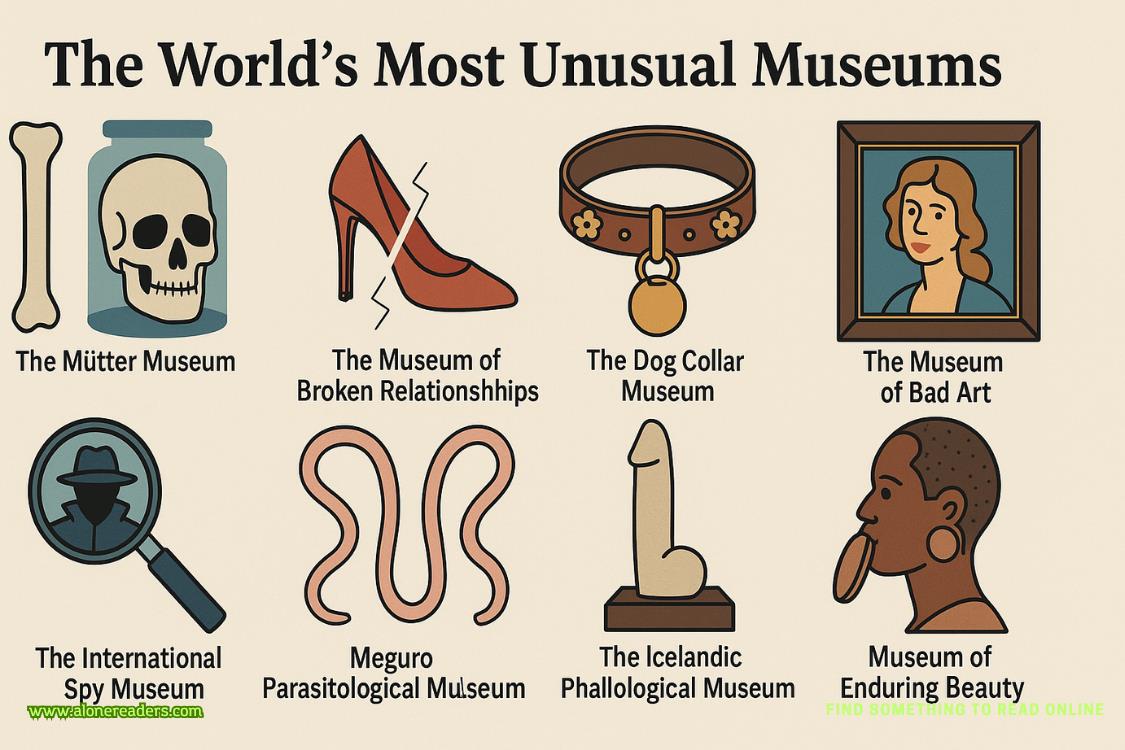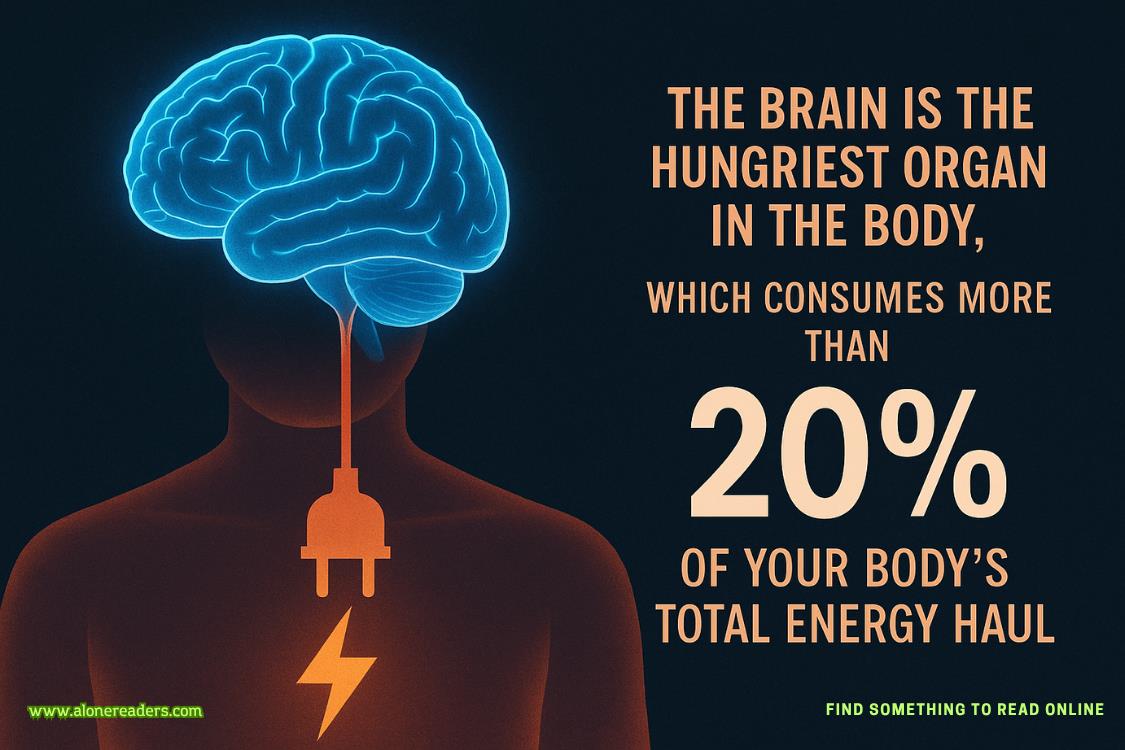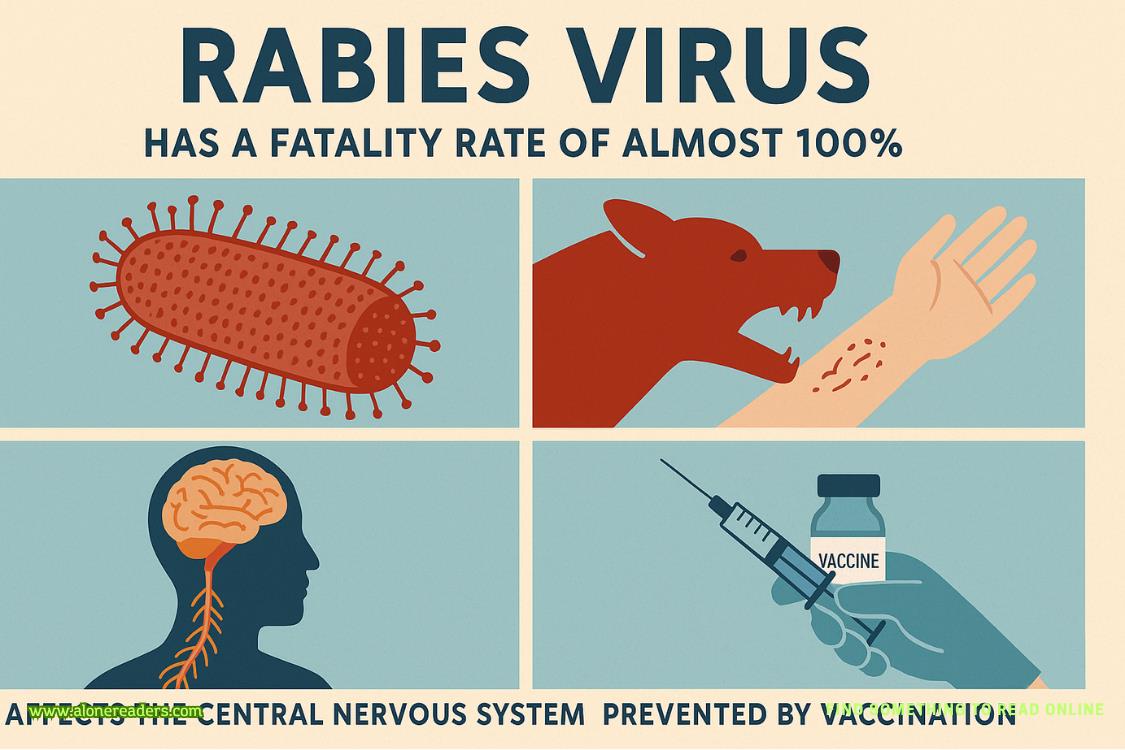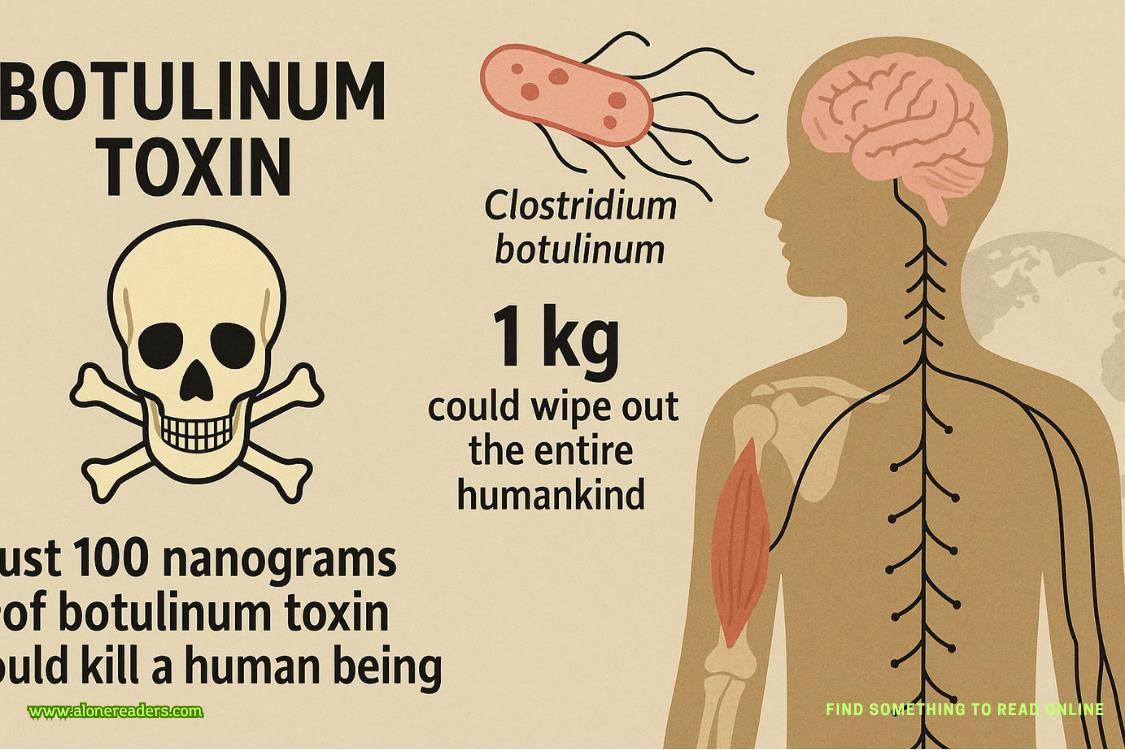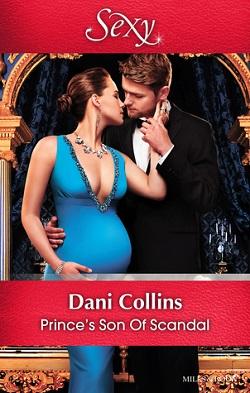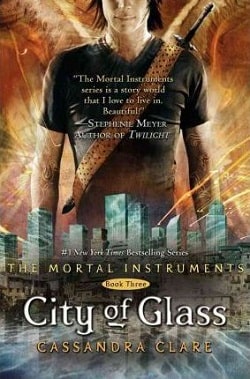It left Ray alone in a room of four adult humans and one human child, two elves or what looked like elves, a fairy, and what might have been a goblin.
There were a lot of beings labeledelvesby the humans, beings who would not call themselves that, and goblins might have been called some kind of elf as well except for occasional differences in their appearance. They did not tend to travel among humans alone, probably because they were another group of beings often considered evil or at least malicious.
Unlike imps, or at least, the only imp Ray had ever met, the goblins Ray had encountered did not seem to delight in being thought of as wily, wicked creatures. They avoided attention and had wanted to be left to attend to their business, something Ray understood well. They had only reacted with mischievous and yes, once, malicious displeasure when someone got in their way or rudely demanded something from them.
Elves did that too, if Ray was being honest. So did some humans. But they didn’t look like goblins, or what humans called goblins, and that was what mattered in public perception.
Some goblins had small antlers or ears like an animal, some had clawed hands or feet, or sharp teeth, or eyes that were somehow inhuman even though most humans could not explain why. But goblins were roughly the same size as elves, seemed to do many of things that elves liked to do, which made the distinction even more obviously something humans had thought up.
Ray considered this one in surprise, more because it was by itself and working the front desk of a community center while wearing a sweater in pink and blue stripes. The goblin, if it was one, paid Ray no attention whatsoever. It was the only one in the room not eyeing him surreptitiously.
There were humans as big as weres, but not often. From what Ray knew of weres in other places—one other place—they would have loved a community center. But Los Cerros did not have a were population in any real way. It was just as likely that people were eyeing Ray because of who he was. What he was. He didn’t have his badge, but Cal would probably tell him he looked like a cop. Even if Ray hadn’t been on the news once in a while, he was recognizable. And this was the village.
He took himself over to the wall farthest from the waiting area and stayed there, first checking his phone and then feigning interest in the view outside the window. The conversations outside were fleeting, just snatches as people walked by.
“The Xu family has that big building in the financial district, you would think they would…”
“Nope, you get sixty days! But they’re so greedy they aren’t even bothering with that. And no one is going to take the time to challenge them.”
“…Place is a landmark, man. Get serious.”
Ray listened to some talk in Tagalog and another language that sounded Eastern European before he tuned back in to the conversations in the building as some of them resumed or picked up volume. He couldn’t detect the back conference room specifically, only different rooms, occupied or empty, and murmurs or raised voices.
“It’s in a few days! Now you’re telling me we have no chairs!”
“Barry, there’s always last-minute hiccups. That’s how events work.”
“Tell me the guests and their booths are all taken care of.”
“The bigger problem is security.”
“Oh shit, what now?”
Ray couldn’t imagine why a charity event in the village would need much security, unless it was a precaution. They’d formed their own security here, decades ago, long before Ray had ever come to this city. That much he knew because of Calvin, although he couldn’t remember why Calvin had told him.
He glanced to the waiting area again, which smelled of the anxieties of countless people over many years, then turned his attention to the frames on the wall in front of him. He probably should have before. The wall was decorated with village history. At the center was the famous, infamous, photo of John Summers when he had first been elected to a city council position, where he was in jeans and a sleeveless shirt, wearing a feather boa someone had draped over him in the celebration. Next to it was a picture of him, considerably older and in a suit with a purple tie, walking up the steps to the state capitol building, hand in hand with his husband, the humans around them watching with barely concealed panic.
Those were both prints. The pictures above them looked like actual photographs from previous decades. A small white human, probably male, in a respectable suit and tie, standing in front of what might be this very building, looking awkward but proud, a fairy’s wing at the edge of the frame. The village in the 1920s possibly, the streets more full of people than cars, none of the people white. A slightly out of focus picture of the plaza, with the fountain and the Beast mural, probably when the mural was new. Below those was an old map of the city, from the turn of the last century, probably, and a framed and signed sketch of… some character from what looked like a children’s book.
Finding original pictures of the mural had been a big project a few years ago when the city had been debating putting in a whole new plaza. The outrage from village residents had stopped them. The city had settled for repairing the fountain and restoring some of the places where the mural had faded with time.
No one had ever spraypainted over the mural or defiled it with so much as a mustache or a comical penis, not that Ray had ever heard of. Probably local volunteers used to scrub off any graffiti whenever it had appeared. But once the city had restored the mural, they had covered the wall it was on with huge sheets of plexiglass, which would make future cleaning easier.
The mural itself was a colorful depiction of a catlike creature on two legs. Rampant, Ray thought was the term for that position, but Ray didn’t know art and couldn’t have said what the art style was. The creature in the mural, or the mural itself, was called The Beast, allegedly after The Beast of the Village, a sort of urban legend, or not, about something—someone—who had prowled the streets a long time ago.
As a rookie, Ray had heard lots of sneering about the whole thing, and had thought it strange that the very real possibility of such a being once living here was dismissed so easily. Its story had built up over time, of course, the way local legends and urban myths worked. But there probably had been a large cat here once, or several of them.
The rest of the pictures were slightly more current. A newer map of the area—not all of Los Cerros but the streets that made up the village and the surrounding neighborhoods and where they overlapped. The plaza with the mural was roughly at the center, surrounded by two intersecting wide streets and then many smaller, narrower ones. The narrow streets spilled into what had once been a border of the city, marked by Oro Creek, with rough bars and something of a red-light district, which was where the beings, mostly fairies, had ended up along with a lot of the poorer, abandoned humans. The whole thing was only a dozen blocks from another border of the city, where the small Chinatown district met the water, although those dozen blocks were up and down steep hills.
From the village, it was a five minute drive to the bluffs if traffic was good, much longer by bus or walking, and walking meant up more hills. Ten to fifteen minutes to get to City Hall and the business district, if in a car and again, if the traffic allowed. What had once been the place where the outcasts ended up, next to a dirty creek used as a sewer, barely within city limits, was now fairly fashionable. The edge that the history gave the village made it a destination for tourists as well.
Ray remembered all of that, but absolutely nothing about the last time he’d been here.
He turned from the wall at the sound of the entrance doors being pushed open, then stiffened his shoulders when Calvin Parker walked in.
Calvin was… older than he was when Ray had last seen him—when Ray last remembered seeing him. Ray had some trouble identifying what humans considered middle-aged versus old, but so did a lot of humans. Calvin was older, anyway, with thinning hair that was largely gray, and wrinkles at the corners of his eyes and sunspots on the backs of his hands.
He was white and nowhere nearly as tanned as Cal, and had a spread around the middle. If someone stripped away the fairy parts of Cal, the foundation beneath would be Calvin. Solid and average height for a human man, sharp eyes that saw too much, but fully dressed in jeans and a polo shirt with a purple-blue-teal-yellow fairy knit cardigan over that, as if he found the autumn too cold already.




